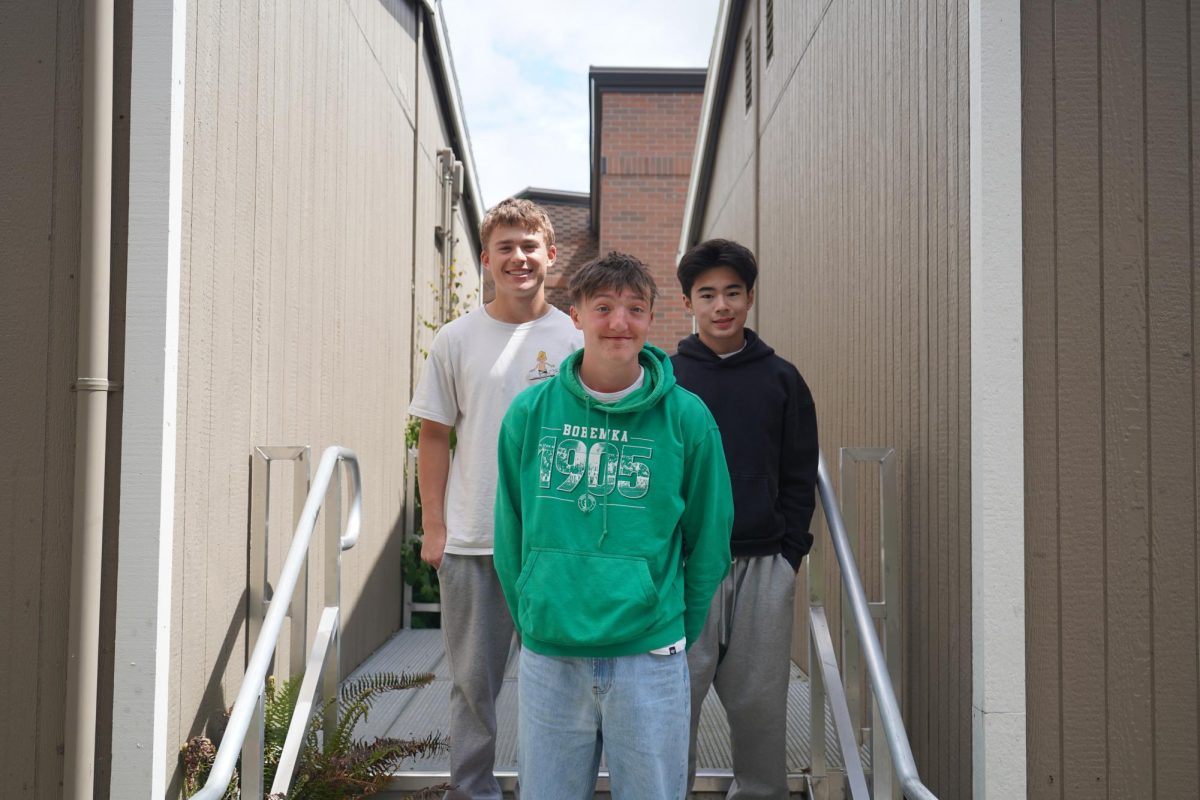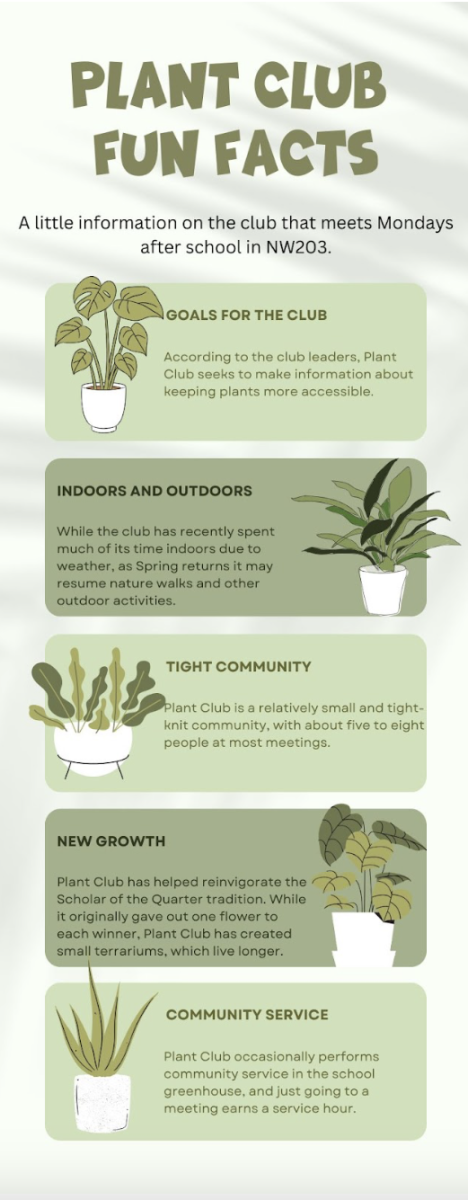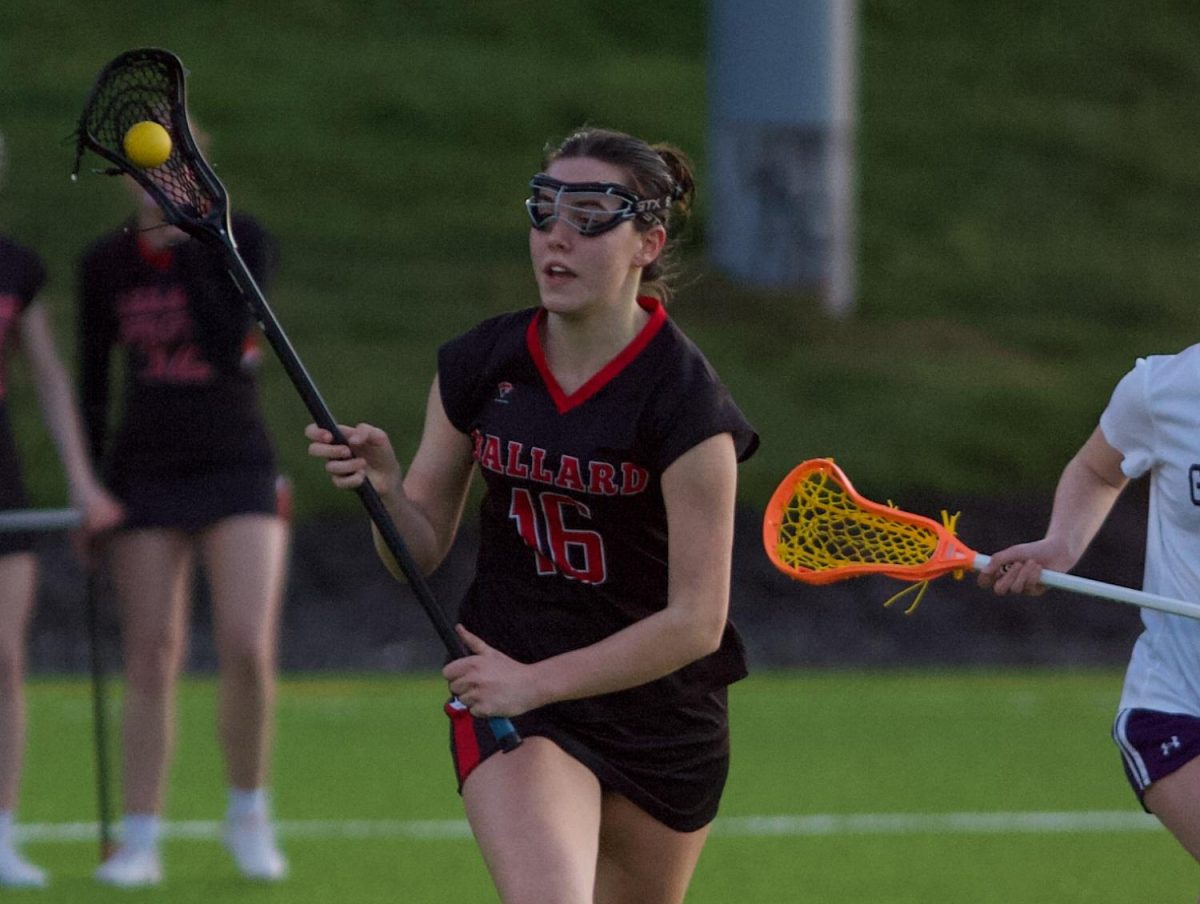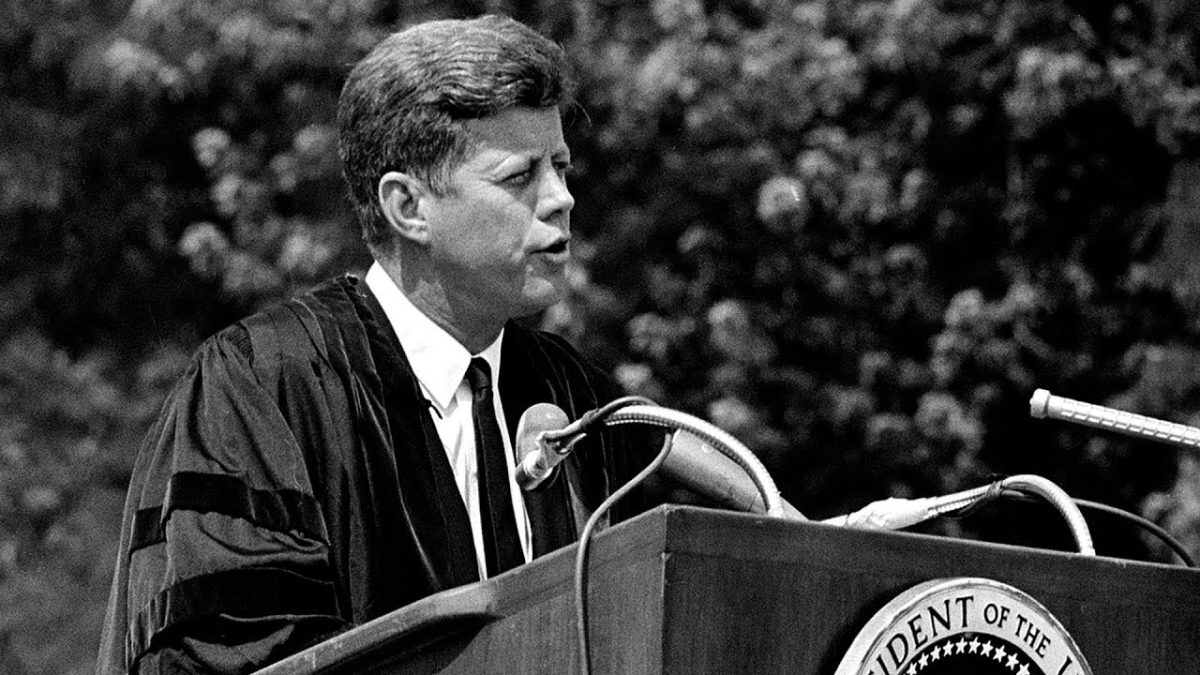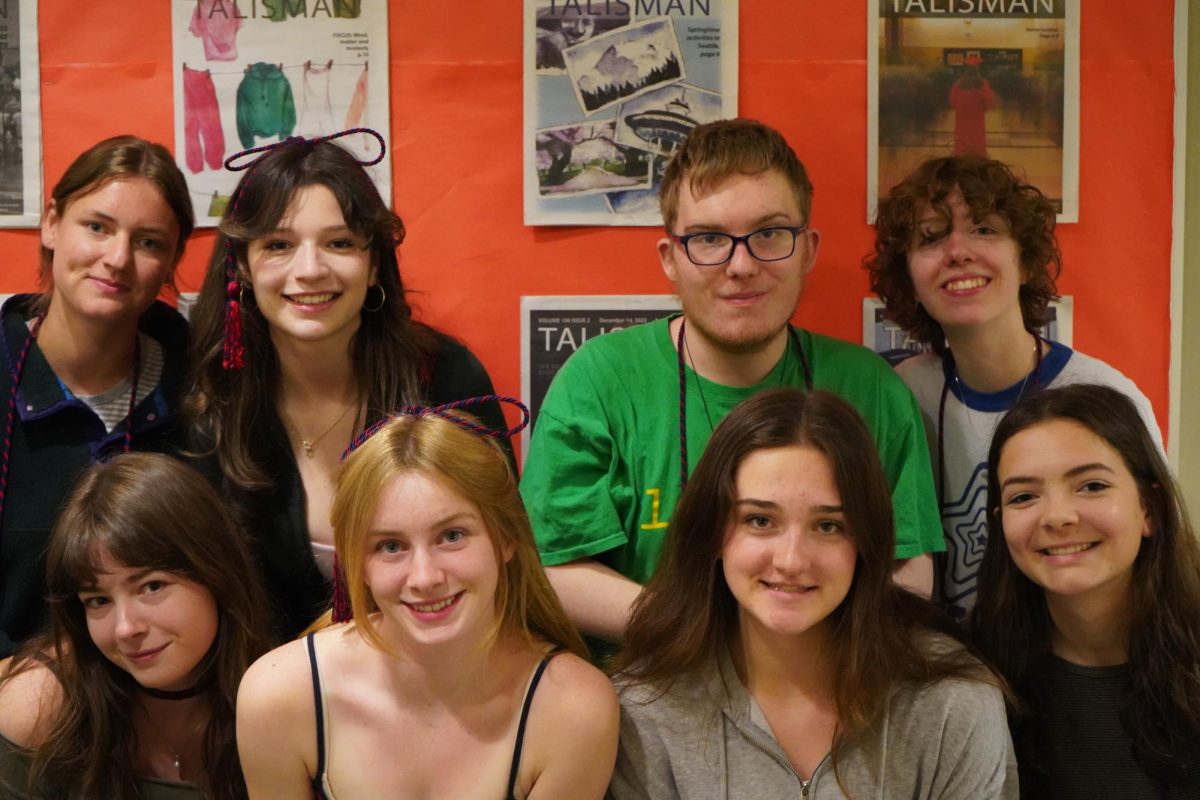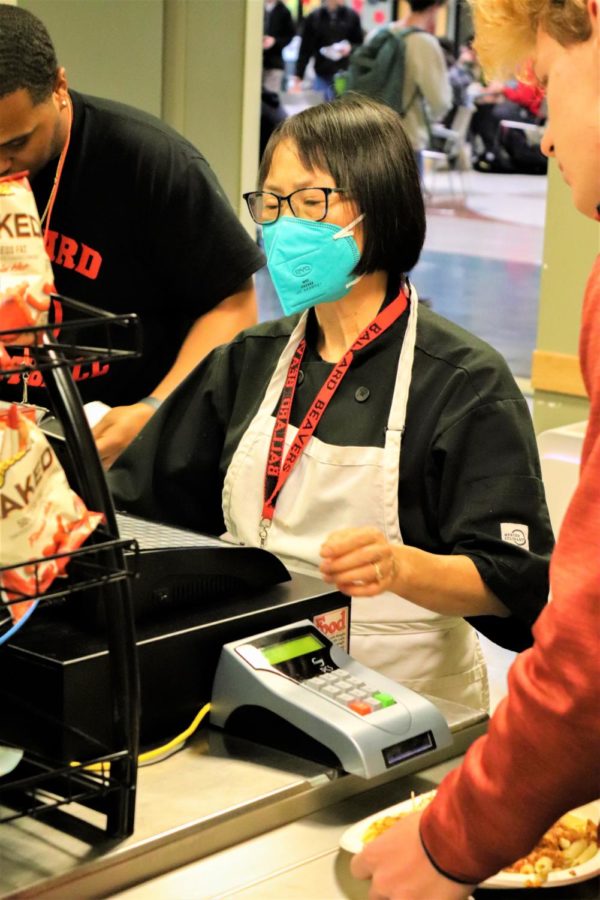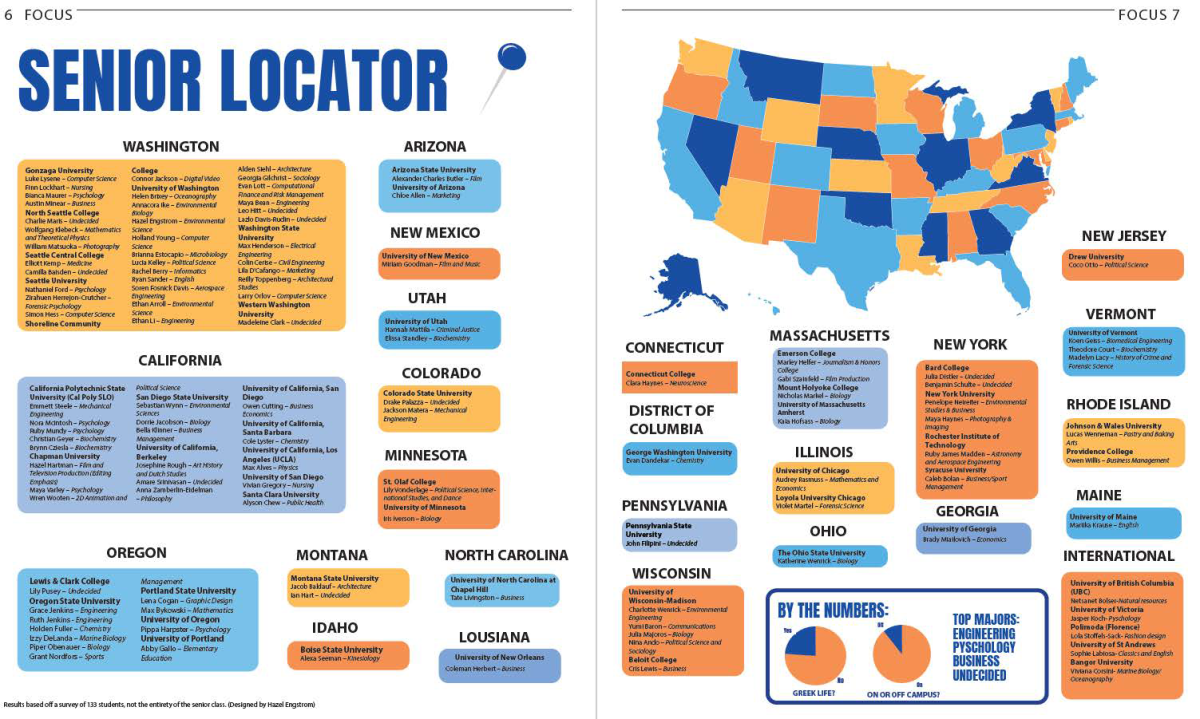The first “normal” year since COVID marks the return of lunch fees
Federal government cuts free meal funding
Lunch Manager Lan Dang rings up students during lunch. According to her 300 less students each lunch in the cafeteria.
November 7, 2022
For the past two years during the global pandemic, school lunches were free for all K-12 students in the Seattle Public Schools district. However, this school year federal lawmakers are no longer funding free school lunches and breakfasts unless a school or family qualifies for free or reduced lunch.
For many this is a big adjustment, as families are now charged $2.25 for breakfast and $3.25 for lunch.
“I got lunch last year and I am upset this year, because I feel like it is not worth the money,” sophomore Piper Crotty said.
Lunchroom staff have also noticed big differences under this new policy. Lunch Manager Lan Dang says that there’s a decline in work in the cafeteria when students go out, and she gets bored during the extended period.
She goes on to explain how last year there were many students that came in and out of the cafeteria. She would just stand there and consistently pass out one meal after the other. She didn’t have to ring every student up and get them to enter their pin.
“[Last year] there were over 400 students eating lunch [daily], now there’s just over 100,” Dang said.
However, some students feel that the new fee is worth the meals they are now receiving.
“I got lunch last year and [in] middle school, and I don’t think paying for lunch [makes] much of a difference,” sophomore De-Shiang Ford said. “There are add-ons, so I’d say the quality has increased, and there are a new variety of options.”
“The quality has gone up just a little bit. For example, last year we did not have chicken or dumplings and noodles as good as this year,” Crotty said.
This year, there are a variety of different options for lunch. Some include teriyaki chicken with veggie yakisoba, BLT sandwiches, orange chicken and much more. These are quite the change from the normal school lunch of pizza, burgers and fries. This gives students the opportunity to have more nutritional meals.
Last year there were two breakfast periods for students, and across both time slots, 600 students would grab breakfast. However, these sessions have been reduced to just one, at 8:30 a.m., and the number of students eating diminished to just 40.
“Most students aren’t hungry at 8:30 a.m. since they recently ate breakfast at home,” Dang said. “I wish we could make breakfast available at 10:30 a.m. again, when students start to get hungry.”
This is a significant drop in the number of students and reflects a distinct impact of this adjustment. The free lunch policy was originally created at the start of the pandemic to help students and families during hard times, both financially and logistically.
Research shows that free lunch programs narrowed the hunger gap for kids in the U.S. Now that society is returning to normal post COVID-19, the federal government has stopped funding free and reduced lunches for everyone.
Principal Abby Hunt goes into further detail about the change.
“During the quarantine, and during the time in which we returned to school, [it was] through federal government funding that schools were able to provide food to everybody,” Hunt said.
Hunt explains that students whose families cannot take on the fees can apply to get lunches for free or at a lower price.
“It would just be a lot simpler and just take away barriers to make sure that everyone has access to nutrition,” Hunt said. “We know that there are flaws within the free and reduced meal program, as people have to go through an application process and submit that paperwork, and we know that that’s not connecting with all families who have that need.”

